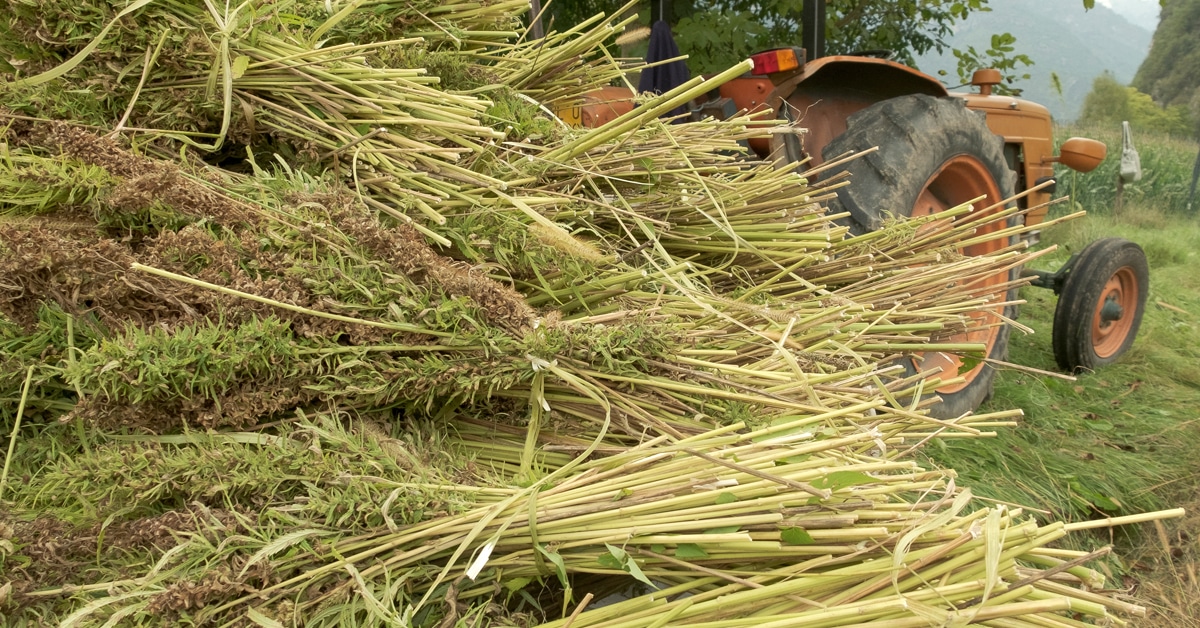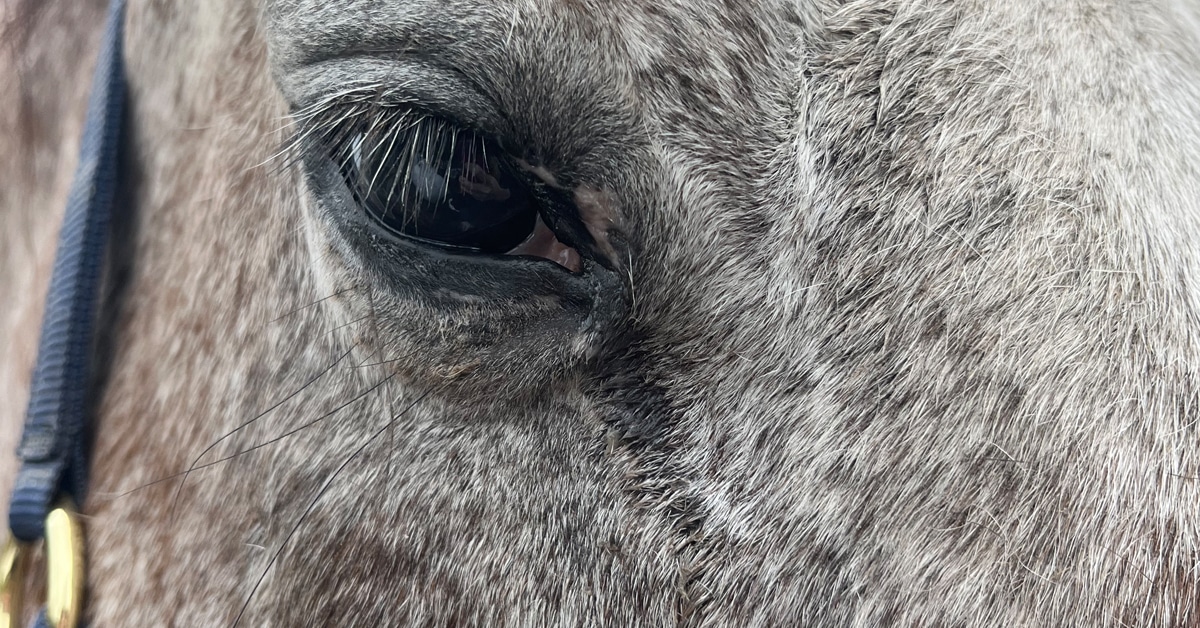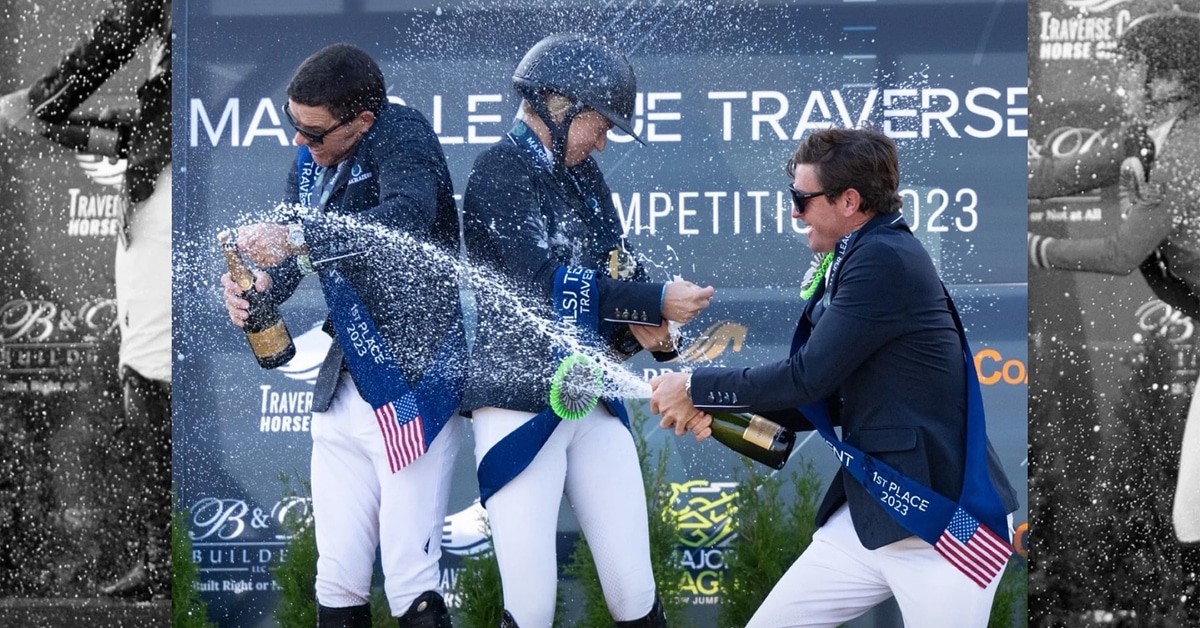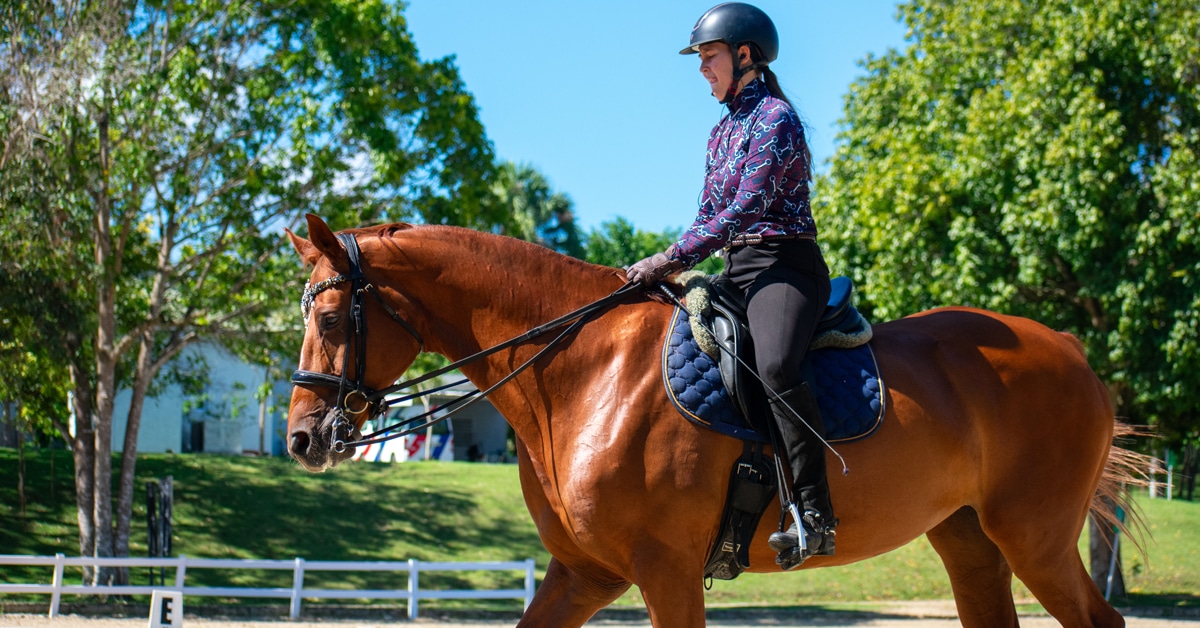I have to give American FEI trainer Kathy Connelly credit for showing me how to design my warm-up at a competition to have the best possible horse going into the show ring.
Of course, each horse is different, so the warm-up is unique for each individual. When I design the show warm-up for a horse, I get quite scientific. The nice thing about dressage shows is that you are given an exact time for your ride. In Florida, where I do most of my competing, the shows run very much on schedule, which makes it possible for me to plan precisely how long I will need for the warm-up. I assign a specific amount of time that I expect to need for each part, including some walk at the beginning and the stretching. My design includes identifying what is the best work to do first in the warm-up, and what is the best thing to establish last, immediately before I go into the show ring.
Here is an example of how precise my plan would be with one horse:
– the horse takes a bit of time to relax and stretch over his back at a show, so it will take me 15 minutes of stretching to achieve that;
– ten minutes to do all my canter work;
– five minutes to get the trot to where I want it;
– five minutes to put my jacket on and have the horse’s boots taken off;
– five minutes to get my horse to the right place again.
I want to know that I have exactly prepared, not over-prepared, my horse. Riders sometimes leave their best horse in the warm-up, but a well-designed warm-up will put me in the show ring with my horse at his very best.
It might be assumed that a grand prix warm-up would take longer than a training level warm-up, but that isn’t necessarily the case. If I have a grand prix horse that I already rode once that day before the test, my show warm-up may be quite short. The length of the warm-up will have more to do with whether the horse needs to be a bit sharper than he would naturally be, or if the horse is a hotter type and needs time to settle and relax into his work. If I have to school exercises too much in the warm-up with a quiet horse, I will not have a fresh horse going into the ring. With a hotter horse, my warm-up needs to be longer, which gives me time to school a few movements from the test, such as the tempi changes at the FEI level, and to actually improve them in the warm-up.
Some people use the warm-up at a show to ride through an entire test. I don’t find it very useful to do that. I will practise the test at home, but at the show my goal in the warm-up is to establish the basics that will make my horse deliver the best possible performance. I make sure my horse is forward, straight, and through, my half-halt works, and the horse moves sideways off my legs. If you can create basic correctness in the warm-up, you can be pretty confident when you go to ride the test.
I have to constantly re-evaluate the warm-up and make adjustments through the horse’s career. I find that usually after four or five shows I have learned enough about a horse to design a warm-up that will work well – at least for one kind of show. If you go to a big venue or an indoor show, you can find yourself with an entirely new horse! Horses change; that’s what makes competing so interesting, and it’s also what makes a good competitor – one who can adjust on the fly.
The Latest









